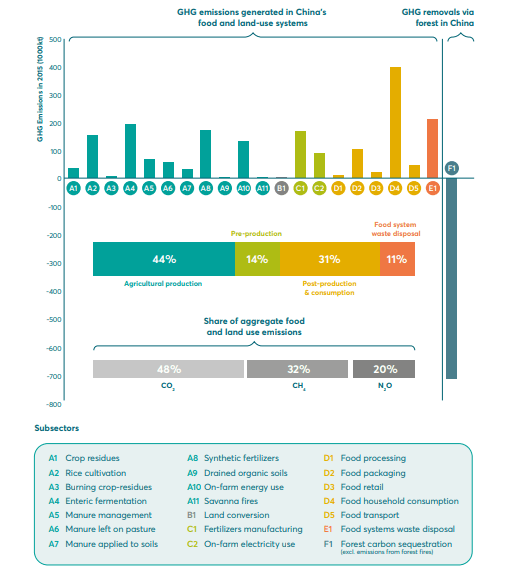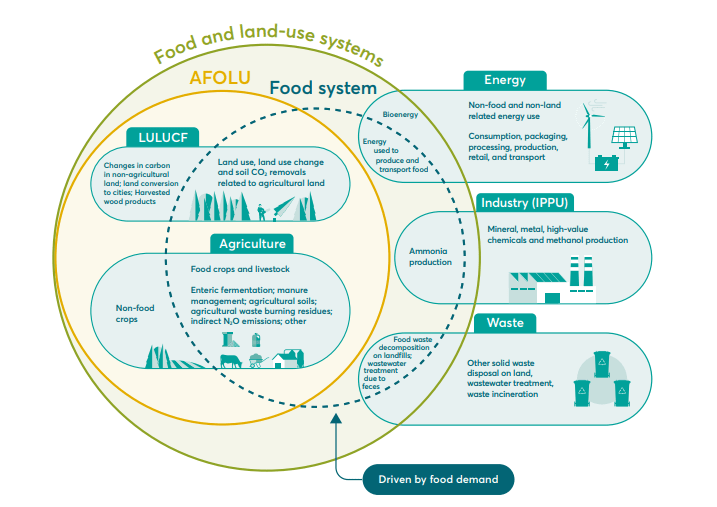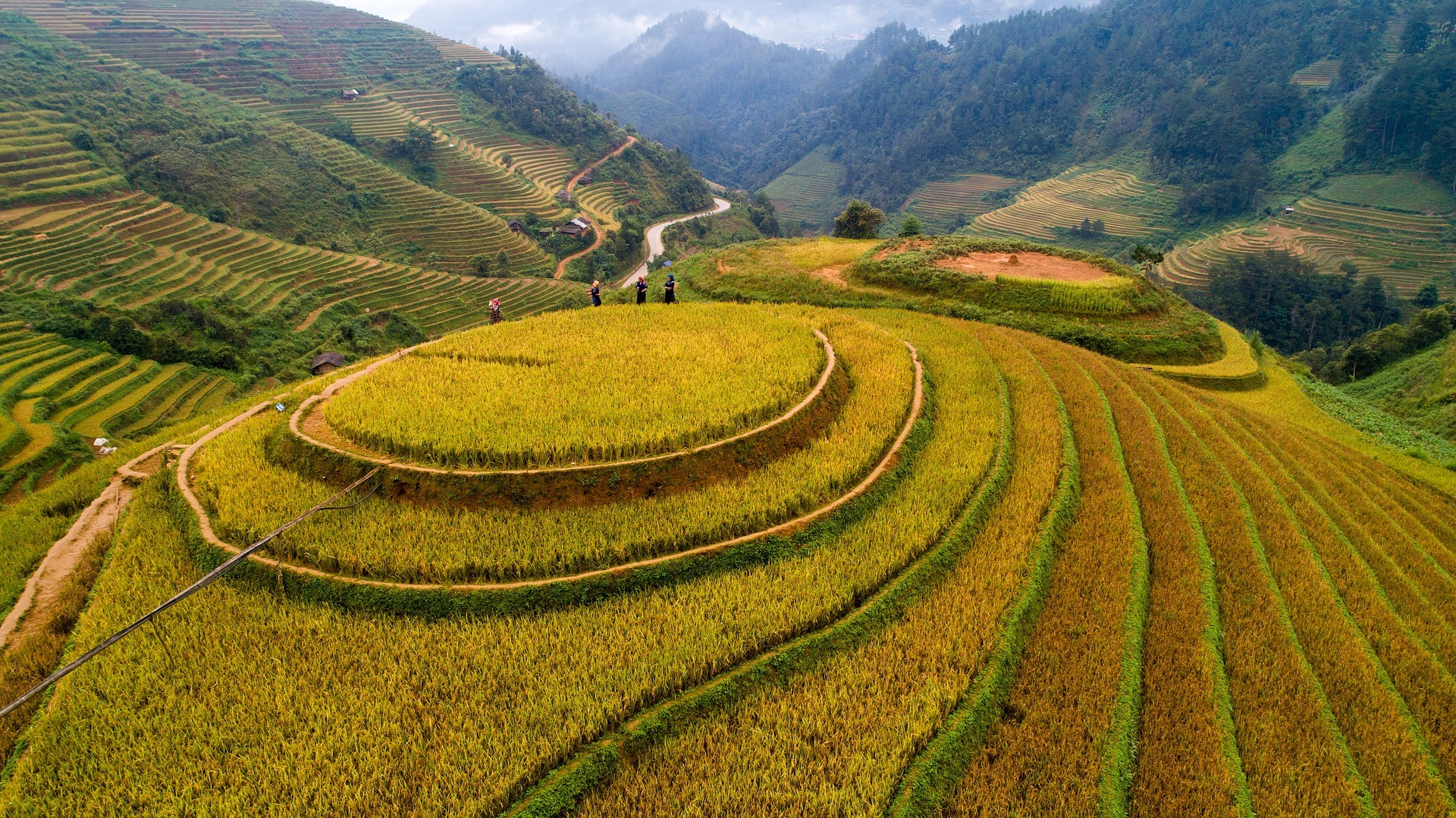Unlocking China’s Climate Neutrality: The crucial role of a food and land use system approach
By Helen Ding, Senior Economist, World Resources Institute (WRI), and Seth Cook, Asia Coordinator, The Food and Land Use Coalition (FOLU)
Wednesday, 24 May 2023
Limiting global warming to 1.5 degrees C by the end of the century is essential if we are to safeguard life on this planet. However, the latest climate research shows that there is more than a 50% chance that global temperature rise will reach or surpass 1.5 degrees C between 2021 and 2040, which could lead to devastating impacts globally.
While food and land use systems are extremely vulnerable to climate change, they are also major greenhouse gas (GHG) emitters. Globally, these systems are responsible for one-third of human-caused GHG emissions, of which about one-third come from agriculture, one-third from LULUCF (land use, land-use change and forestry), and one-third from energy use in the food system. It is high time that everyone in the sector comes together and rapidly reduces emissions at scale.
China’s food and land use systems
As the world’s biggest producer, importer, and consumer of food, China’s food and land use systems play an important role in achieving the country’s carbon neutrality goal by 2060.
New research from FOLU finds that China’s food and land use systems contributed 10% of the country’s total annual GHG emissions from 2005 to 2015 (see Figure 1). Without forests capturing carbon, these systems would contribute 17% of China’s total GHG emissions annually. Yet, expanding forests for carbon sequestration faces limitations due to competing land uses like food production and urban development.
What’s more, 27% of food produced for human consumption in China is lost or wasted annually and rising demand for livestock products is projected to require 3 to 12 million hectares (MHa) of additional pastureland between 2020 and 2050. This will result in an increase of up to 16% in agricultural GHG emissions.
China needs to cut emissions in a holistic manner that will promote sustainable, healthy, just and resilient food and land use systems in line with global climate targets.

Figure 1: Estimated GHG emissions and removals by China’s food and land use systems in 2015 (Source: based on FAOSTAT 2022)
Why a systemic approach is needed
By adopting a more holistic approach, China has the potential to make substantial reductions in emissions across all sectors of its economy. This will also help identify potential trade-offs and targeted solutions to address them. Implementing these measures will reinforce China’s commitment to reaching the peak of carbon emissions by 2030 and attaining carbon neutrality by 2060.
Unfortunately, like many other countries, national policymakers in China have not given adequate attention to food and land use systems. One reason for this is the absence of clearly defined system boundaries for emission accounting.
To address this problem, a new study by FOLU China maps these boundaries for the food and land use sector, showing their impact on greenhouse gas emissions. The study provides a breakdown of the activities included, covering everything from food production to waste (see Figure 2).

Figure 2 System boundaries for accounting for GHG emissions and sequestration from food and land use (Source: Authors, based on Crippa et al., (2021) and the IPCC Guidelines for GHG Inventories (IPCC, 2006))
To effectively tackle greenhouse gas emissions in China’s food and land use systems, the report highlights three important recommendations:
- Step up efforts to both reduce and remove emissions.
- Reduce GHG emissions: Accelerate investment in practices such as the System of Rice Intensification (SRI), no till/minimum tillage, better manure management and feed additives for ruminants. These solutions can significantly cut emissions from agricultural production, the value chains for food supply and consumption, and total agricultural energy use.
- Increase carbon removals: China can further explore Nature-Based solutions to enhance carbon sinks in forests, croplands, and grazing lands. This can help offset any remaining net emissions from agriculture and promote carbon neutrality.
- Address the issue of food demand, which plays a major role in driving unsustainable production.
- Tackle excess and wasteful food consumption: Addressing food loss and waste will not only reduce GHG emissions, but also help increase food security and reduce pressure on nature through agricultural expansion.
- Promote healthy and sustainable diets: This includes shifting towards more plant-based food consumption which can help achieve climate goals while bringing important health benefits.
- Recognize that addressing emissions in food and land use systems is a complex challenge that requires the participation of all stakeholders.
- Policymakers can help ensure alignment across sectors, improve collaboration among different government agencies, promote Nature-based solutions, and ensure that the pursuit of carbon neutrality targets does not undermine other equally important goals such as food security, nutrition, human health, soil health, water quality, and rural livelihoods.
- Research institutes can increase investment in climate research that tackles emissions from food and land use systems and develops holistic approaches for moving forward.
- NGOs in China can help through effective engagement and communication strategies.
In the context of China’s food and land use sector, the journey towards carbon neutrality holds profound socioeconomic implications, much like in many other parts of the world. It is important to consider the potential unintended consequences of well-intentioned carbon neutrality policies. Therefore, any proposed changes in food and land use systems should prioritize equitable distribution of value, supporting farmers, rural communities, and urban residents alike. By striking the right balance, we can forge a path toward sustainability that benefits all.
Read the report here
Learn more about FOLU China here










